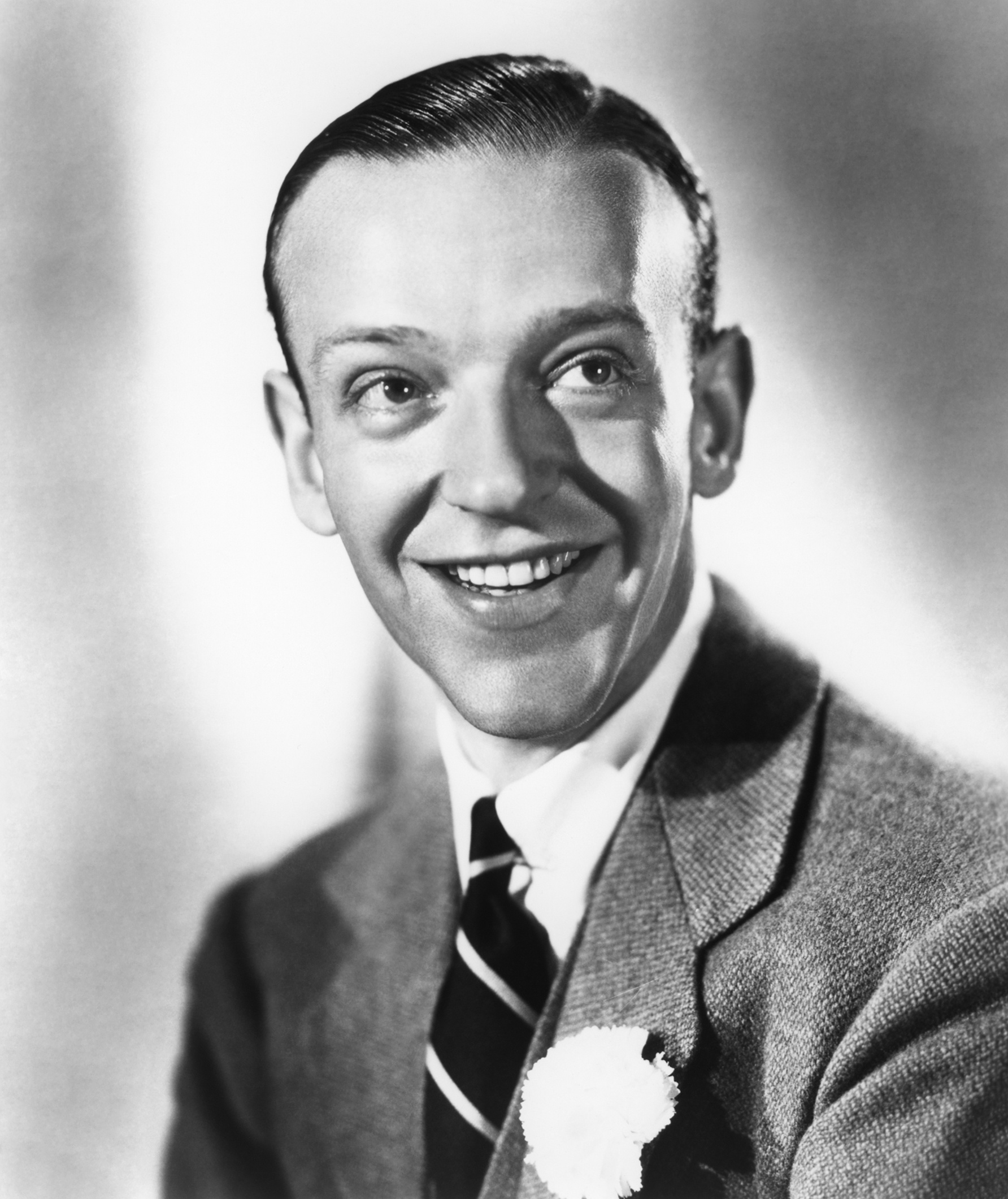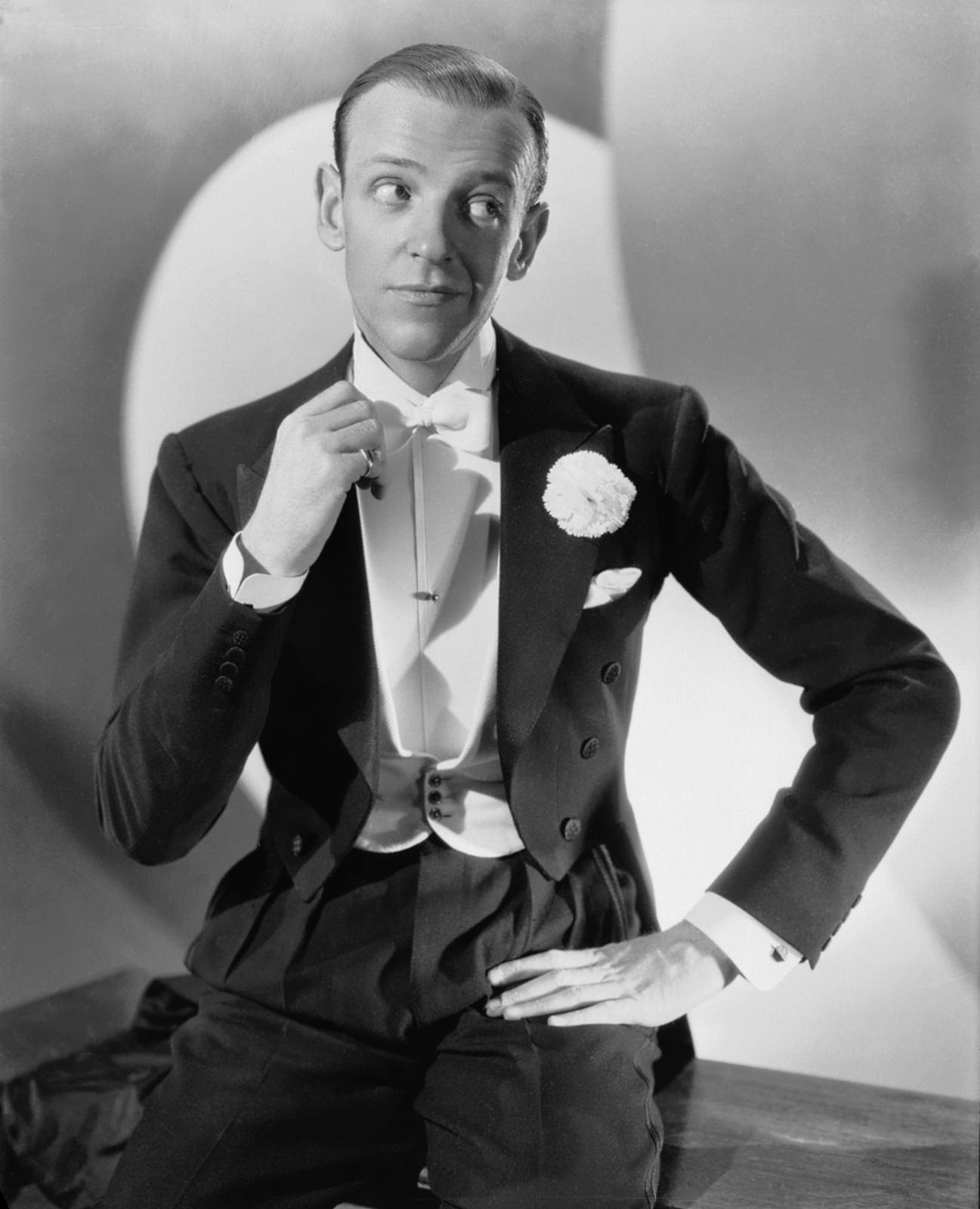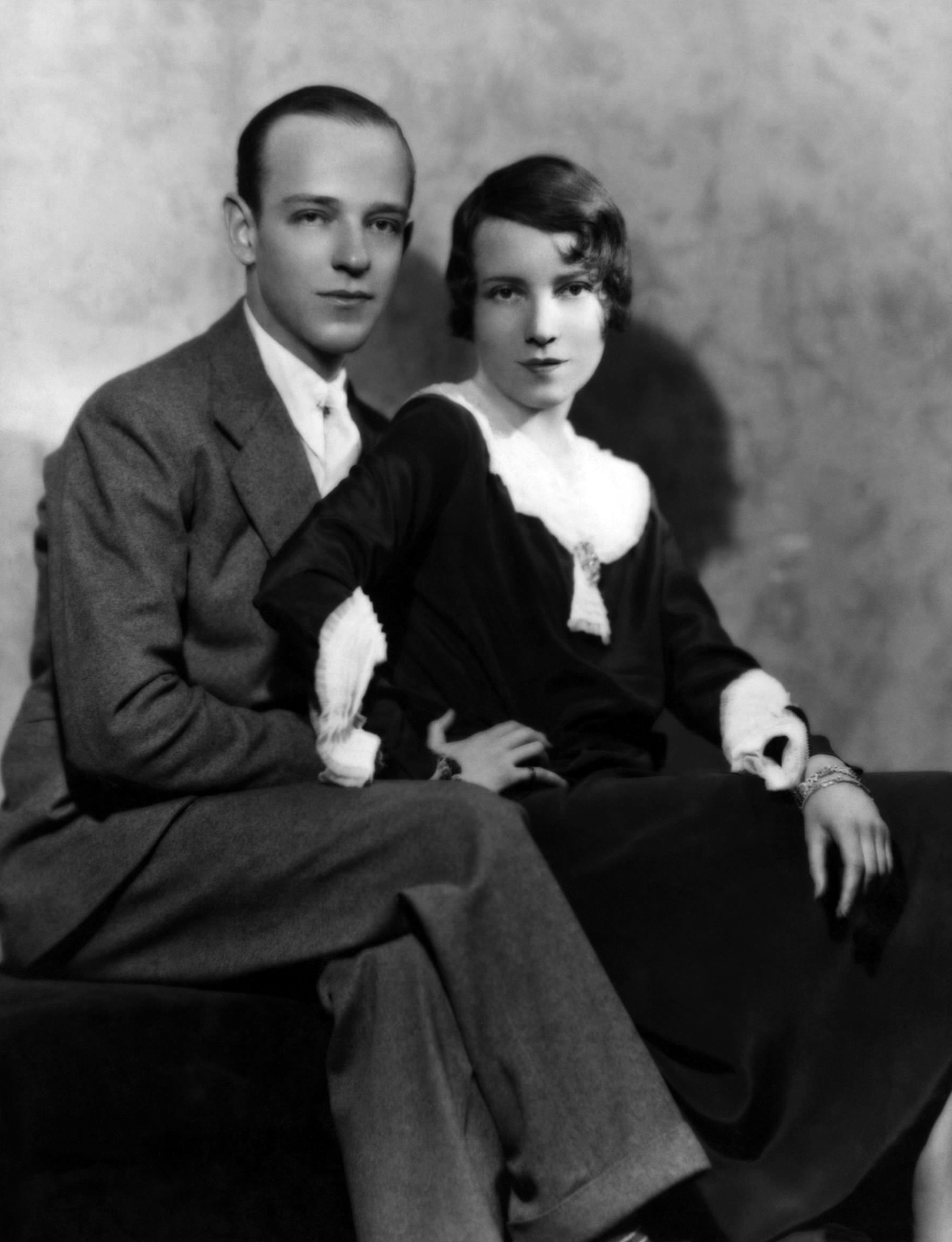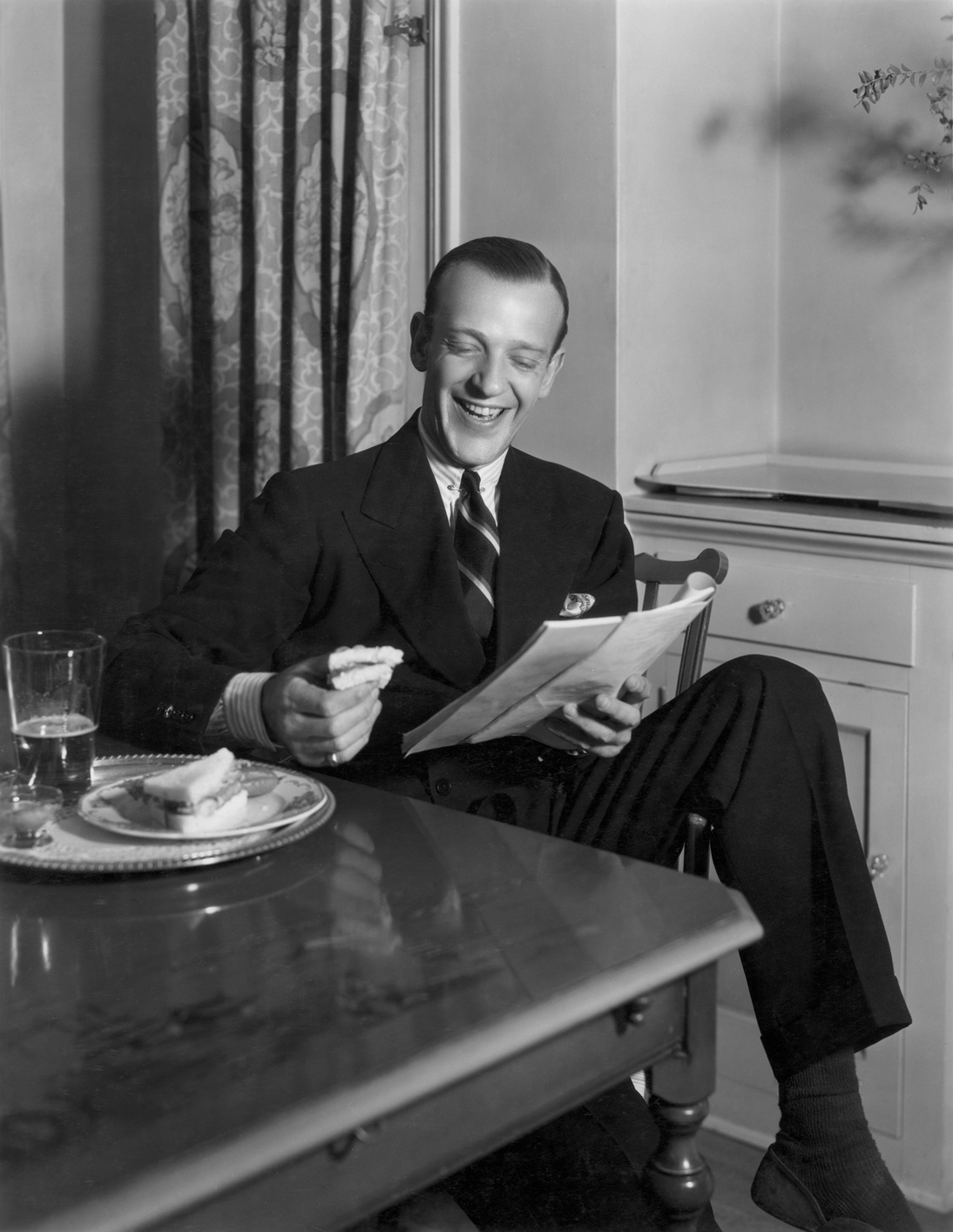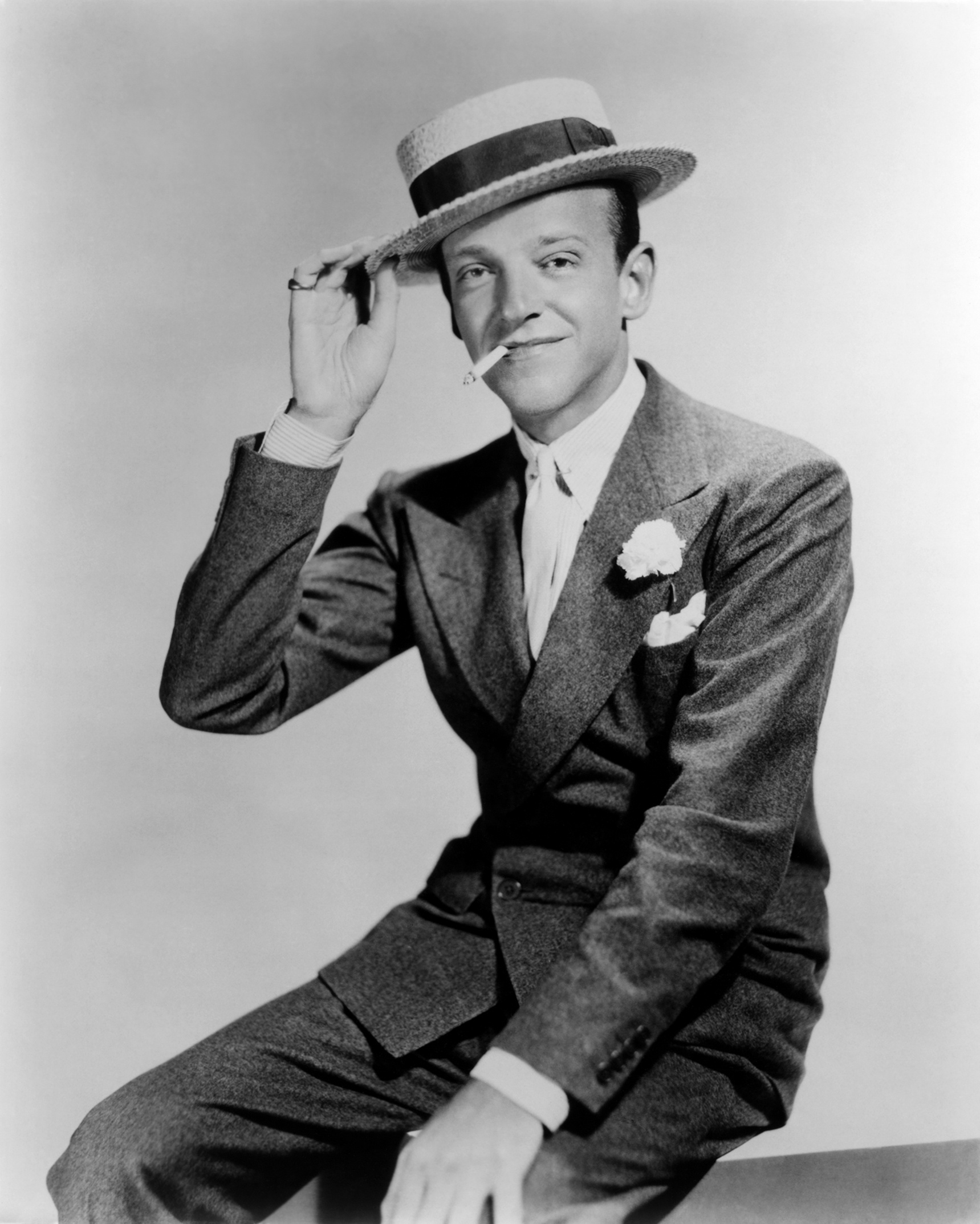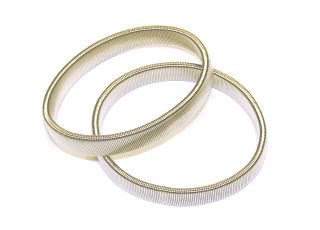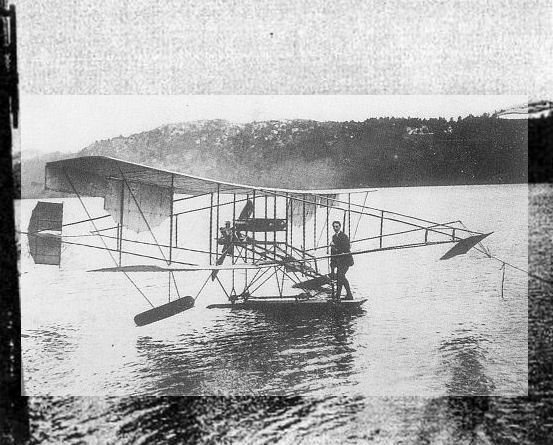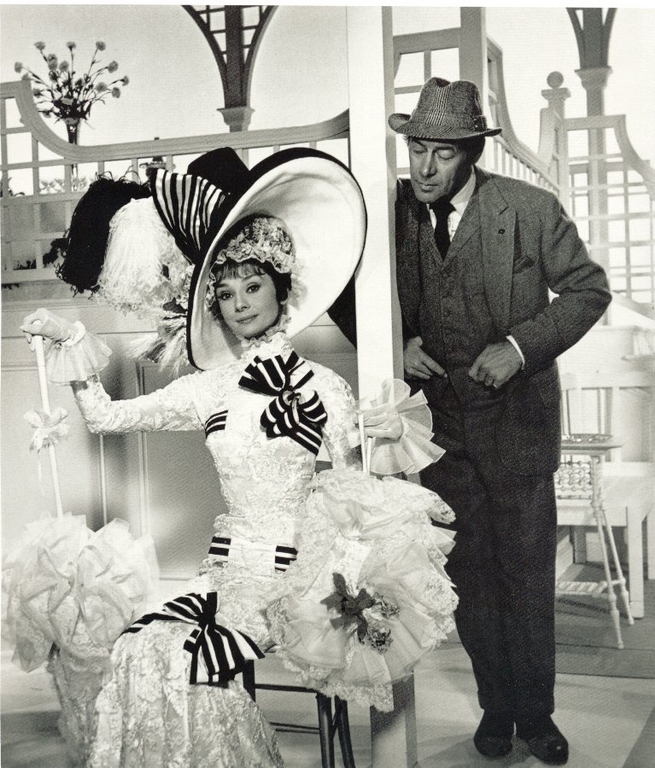With vintage news again going through one of its periodical dry patches, I thought I'd turn again to my copy of
The 1929 Tit-Bits Yearbook for blog post material.
Staying broadly with the etiquette theme that featured in my first excerpt we move to the section entitled "Getting Married". Very little seems to have changed overall in the intervening 83 years, as we head straight for:
THE WEDDING
What to Wear at a Wedding
The Bride needs no guidance; fashion, custom, and her friends will tell her what is suitable and what is not. For the Bridegroom a morning-coat and waistcoat, neatly striped trousers, patent leather shoes, white spats and a silk hat are the correct thing, but he is allowed a great deal of latitude, and a bowler often takes the place of the silk hat, and white spats are dispensed with, as are the patent leather shoes and tail coat.
Either a "wing" or double collar may be worn, but, with the former, the bow, which should be of a neat pattern, must be hand-tied. Bright colours are taboo, but a small white flower may be worn in the buttonhole, and grey suede glove carried. Coloured silk handkerchiefs are considered out of place; white silk or linen are correct.
The "best man" should follow the bridegroom's lead in the matter of clothes. Remember that suitability is more important than what is or is not absolutely the correct thing, and that it is better to be married in a quiet lounge suit in which you feel comfortable and look neatly dressed, then to attire yourself in clothes in which you feel, and therefore no doubt look, ridiculous.
At the Church
The bridegroom should arrive, accompanied by his "best man", a quarter of an hour before the ceremony is timed to begin. The bride, escorted by her father, whose right arm she takes, and accompanied by her bridesmaids, should arrive at the exact time appointed.
The groom stands on the right of the chancel steps, his "best man" a little in the rear on the right. The bride stands on the left of the chancel, her father on her left hand and a little to the rear, and with her chief bridesmaid a pace or two behind her. The bridesmaids should arrange themselves near to, and a little behind, the chief bridesmaid.
After the ceremony the register is signed in the vestry, and the bride's parents, best man, and chief bridesmaid, accompany the happy couple to see this little ceremony performed.
After the register has been signed, and congratulations given, the party leaves the church, the bride and bridegroom riding in the first carriage, the bride sitting on the groom's left. The bride's father and mother ride in the carriage immediately following; the bridesmaids in the next carriages, and the guests are then allocated seats in the remaining vehicles, under the "best man's" directions.
At the Reception
If there is a reception after the ceremony, the newly-married couple remain near the entrance to welcome the guests - who need not, by the way, necessarily have been invited to the church - and to receive congratulations.
Afterwards, they take the place of honour at the top of the table, the bride on her husband's left, her father on her left, and her mother on the groom's right.
What to Say
The health of the bride and bridegroom is proposed by one of the oldest friends of the bride's family. His speech might be on the following lines:
"Ladies and gentlemen, - It falls to my happy lot heartily to congratulate our newly-married friends, Mr. and Mrs. Blank, and to wish them, on behalf of you all, a very pleasant and successful time during the voyage on which they have just embarked. The high seas of matrimony are still uncharted for them, and troublesome waters, as many of us may know, are sometimes encountered. Let us hope and wish that our friends' ship may sail true, however stormy the weather around them.
Soon we shall be giving a hearty send off to the happy pair; first allow me to express the good wishes which we all endorse. We wish you every happiness, and we hope, when they come round, your silver and golden weddings will find you with health and prosperity abiding with you, and still surrounded by all the staunch and loving friends gathered here to-day.
I propose the toast of "The Bride and Bridegroom." May the always be as happy as they are to-day, and may good fortune attend them."
The bridegroom's reply might take the following form:
"Ladies and gentlemen, - On behalf of my wife and myself, I want to thank you very much indeed for the kind and sincere wish which you have just bestowed upon us. If I find it difficult to find words in which to express our appreciation, it is because I must thank you all doubly, not only for your good wishes, but for the delightful tokens of goodwill which you have given us. Every one of these presents shall have an honoured place in our home, so that we may perpetually be reminded of their donors' happy smiles and good wishes.
My speech may be short, but my heart is very full. You have made this day of days a wonderful one for us both, and, from deep down in our hearts, my wife and I thank you a thousand times."
It falls to the "best man's" lot to respond to the toast of "the bridesmaids", and his speech, smoothly couched in a light vein, might be as follows:
"Ladies and gentlemen, - I have performed a hundred and one tasks to-day, happy, agreeable tasks all of them. Now comes yet another, although, perhaps, in all fairness, I cannot call it a task because it gives me so much pleasure to perform it. Rather let me call upon all the men present to envy me my happy lot, for mine is the honour of responding to the toast of "The Bridesmaids." The played their rôles to-day with consummate ease, as well they might, for they were cast for the part of looking beautiful, and right royally they played it: they were an overwhelming success. But theirs is not the art that conceals artifice, they simply can't help looking beautiful.
Therefore, I count it an honour and a great privilege to be able to respond on their behalf. They wish the bride and bridegroom every happiness - how could they be otherwise than happy? - and thank you warmly for your kind expression of thanks."
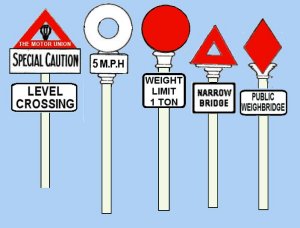
 Road signs that were designed prior to the 1957 Anderson Committee on traffic signage (which gave us the designs we see today) are getting rarer by the day, although some still remain dotted throughout the UK and hopefully like the one in this article will be preserved in future. Many local authorities often already take care of any such signs in their area, as can be seen in the traditional "finger post" signs that still exist in rural areas. I don't know about you, but I love seeing these old signposts when I'm in the countryside and the older-style signs from the '20s through to the '50s look positively delightful (although perhaps not easy to read at speed, hence the 1957 redesign). Some of them look unfamiliar to us today - how many people would understand the "Flame of Knowledge" symbol used in the "School" sign? - but many of them remain largely recognisable, a testament to the original designs that were drawn up between 1904 and 1933.
Road signs that were designed prior to the 1957 Anderson Committee on traffic signage (which gave us the designs we see today) are getting rarer by the day, although some still remain dotted throughout the UK and hopefully like the one in this article will be preserved in future. Many local authorities often already take care of any such signs in their area, as can be seen in the traditional "finger post" signs that still exist in rural areas. I don't know about you, but I love seeing these old signposts when I'm in the countryside and the older-style signs from the '20s through to the '50s look positively delightful (although perhaps not easy to read at speed, hence the 1957 redesign). Some of them look unfamiliar to us today - how many people would understand the "Flame of Knowledge" symbol used in the "School" sign? - but many of them remain largely recognisable, a testament to the original designs that were drawn up between 1904 and 1933.


